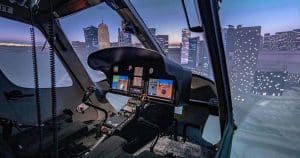
Flight Simulator for Helicopters: Advanced Training at World Aviation
Discover how World Aviation’s helicopter flight simulators provide advanced and realistic training, preparing you for the challenges of piloting with cutting-edge technology.
The pilot profession is one of the most recognized and envied in the labour market. When you think of a pilot, the first thing that comes to mind is an airline passengers’ plane. However, this exciting activity has other equally interesting and, even more, thrilling aspects. Flying a helicopter is an amazing adventure for height lovers. To pilot a helicopter offers an unrivalled sensation, as if being suspended in the air. Its lightness allows impossible maneuvers for an airplane such as staying in static or flying backwards, in addition to being able to land almost anywhere, making the flight a unique experience.
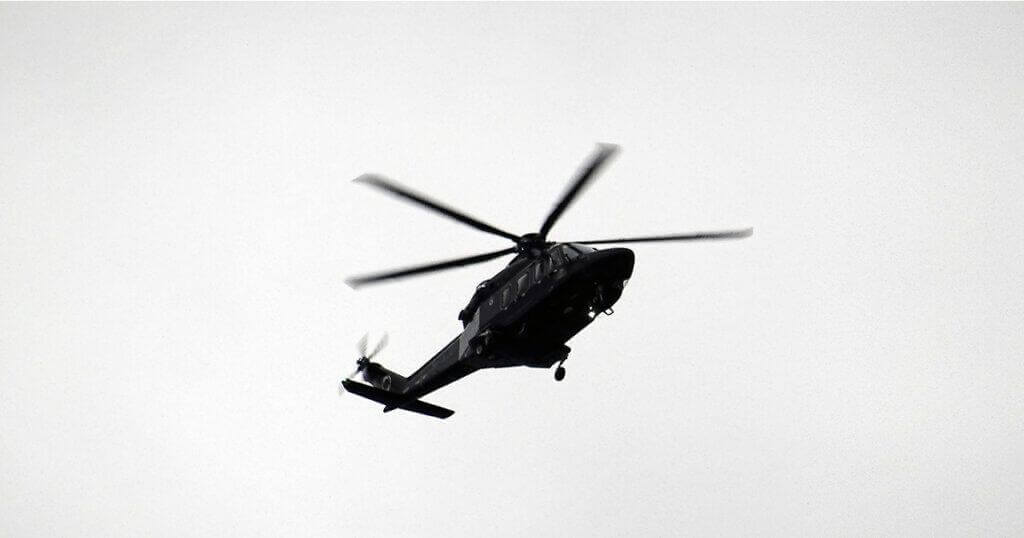
As to become an airplane pilot, the price of the helicopter pilot courses varies depending on the license you want to obtain. Therefore, we can find different prices depending on the different types of licence, which are detailed below:
The qualification obtained, once the Helicopter Private Pilot Course has been completed, allows to act as a pilot-in-command or co-pilot in non-commercial operations, that is, without remuneration.
With this license, recognized by EASA European Agency for Aviation Safety, you can fly throughout all the EU, and in other countries provided you validate your title.
This first helicopter pilot license is a good way to start in this exciting world, considering it as a first phase towards the Helicopter Commercial Pilot qualification with which to apply for a job as a professional pilot.
The price of the helicopter private pilot license varies depending on the Type Rating chosen. The approximate price for these three models would be:
R22 – 26.290€ // CABRI – 31.213€ // R44 – 41.498€
This certification entitles to act as a professional pilot-in-command or co-pilot in remunerated commercial flights throughout all the EU, and in other countries provided it is validated. Also, with this license you can obtain, through the realization of the corresponding courses, the qualification of Instrumental Flight, Flight Instructor, etc. In addition, it will serve as a first step to the Airline Transport Pilot License, after overcoming the different modular courses. To get this license we find two course modalities, integrated or modular:
The price of this helicopter certificate will depend on the type rating:
R22 – 65.555€ // CABRI – 69.850€ // R44 – 108.207€.
The price of the Modular Helicopter Commercial Pilot Course varies according to the Type Rating you choose:
R22 – 20.906€ // CABRI – 217.341€ // R44 – 32.395€
R22 [flight only] | 12.394€
CABRI [flight only] | 16.281€
For this licence it is required to have the PPL(H) certificate issued in accordance with ICAO Annex I. This enables to initially work as co-pilots in commercial air transport in multi-pilot/multi-engine helicopters under VFR conditions. It is the most complete license since it entitles to fly helicopters over 4000kg.
The price of the ATPL Helicopter license varies depending on the previous qualification:
ATPL (H)
PPL (H) – €15,070// Online – €3,245
CPL (H) – €8,195// Online – €2,750
ATPL (H) + IR
PPL (H) – €17,820// Online – €4,345
CPL (H) – 10.995€// Online – 3.905€
Thus, the price to obtain a helicopter pilot license in Spain may range from 25.000€ for a private pilot qualification to 110.00€ in the case of the Type Rating for the model R44.
All prices shown here are approximate and may vary depending on the school and added taxes.
During the pre-flight phase, the commander must verify and sign a a lot of papers, from the aircraft acceptance to the loading sheet, being responsible for all data and calculations collected in them and concerning the operation.
In the end, it is the pilot-in-command who takes all decisions related to the flight development, including any emergency situation. Therefore, the training and experience that create his/her professional criteria are essential for the flight safety.
Thus, in addition to flying the aircraft, the pilot-in-command has a series of tasks to accomplish, necessary for a safe flight performance. These are:
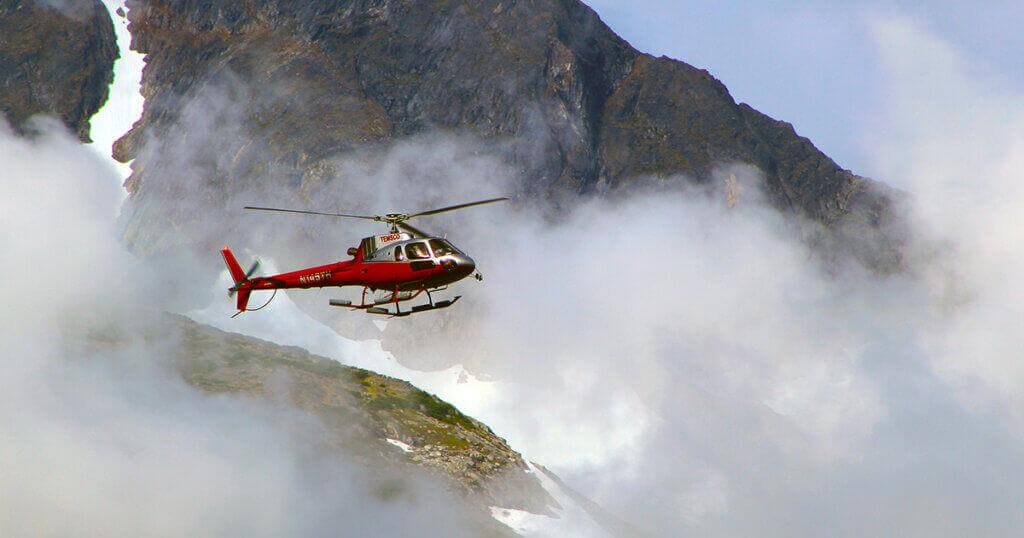
There is a wide range of job opportunities for these professionals as they can operate in very different sectors such as:
Emergency medical services: these pilots move patients with urgent medical needs to hospitals.
Police forces: the police forces pilots perform different tasks depending on the department to which they belong, being able to deal with aerial surveillance, persecutions or rescue operations, among others.
Commercial transport of passengers and/or cargo: as in an airplane, the helicopter can be used to transport passengers, cargo or even to cover news.
Fire Brigade: these pilots are specialized in providing coverage to ground equipment from the air in situations of forest fires,
Search and rescue teams: responsible for rescuing people in danger, on land or at sea.
Tourist flights: offer flights over tourist attractions.
Flight instruction: dedicated to train future pilots.
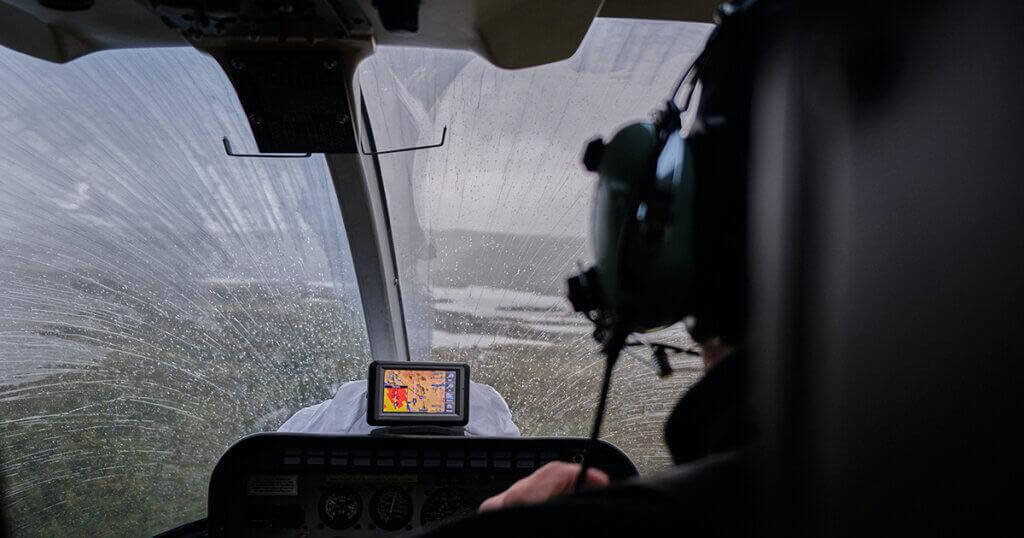
As you can see, for a helicopter pilot there is a broad range of professional breaks with which you can get as far as you are willing to expand your training.
Our pilot school works for the professional excellence of each student.
We are accompanied by instructors with more than 20 years of experience and state-of-the-art aircraft.
We offer:
Helicopter Pilot Courses
Aeroplane Pilot Courses
Drone Pilot Courses
Flying Experiences

Discover how World Aviation’s helicopter flight simulators provide advanced and realistic training, preparing you for the challenges of piloting with cutting-edge technology.
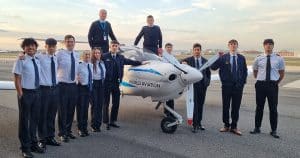
World Aviation proudly announces that 17 students from the PPL-A, ATPL-A, and ATPL Frozen training programs have successfully completed the first phase of their pilot training.
You will be up to date with the news at World Aviation Group.
This website uses cookies so that we can provide you with the best user experience possible. Cookie information is stored in your browser and performs functions such as recognising you when you return to our website and helping our team to understand which sections of the website you find most interesting and useful.
Strictly Necessary Cookie should be enabled at all times so that we can save your preferences for cookie settings.
If you disable this cookie, we will not be able to save your preferences. This means that every time you visit this website you will need to enable or disable cookies again.
This website uses Google Analytics to collect anonymous information such as the number of visitors to the site, and the most popular pages.
Keeping this cookie enabled helps us to improve our website.
Please enable Strictly Necessary Cookies first so that we can save your preferences!